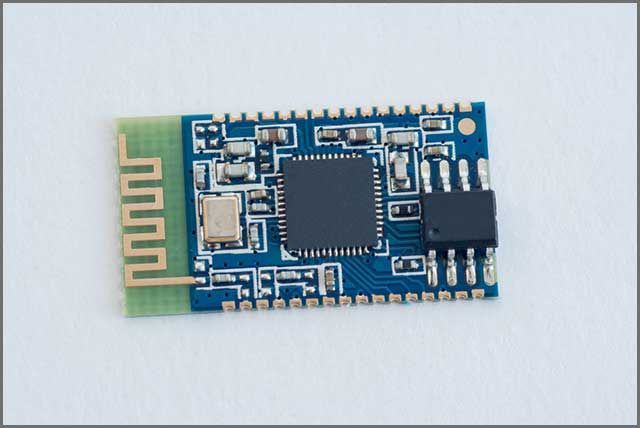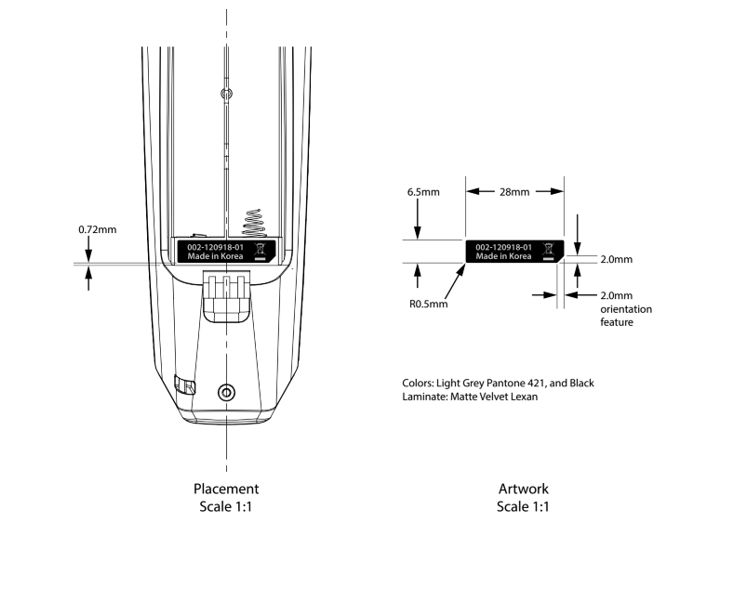Global Semiconductor Shortages and the Outlook for 2024
Since the emergence of the pandemic some four years ago, the semiconductor and microchips industry has faced significant fluctuations worldwide, influenced primarily by factors such as supply chain disruptions and shifting consumer demands.

The global chip shortage served as a significant wake-up call, highlighting vulnerabilities in supply chains and forcing a re-evaluation of industry practices.
(Source: valerybrozhinsky - stock.adobe.com)
Despite these challenges, the industry has shown itself to be resilient and adapted to achieve a consistent growth rate. The global semiconductor market was valued at US$610.15 billion in 2023 and is expected to reach around US$736.40 billion by 2027, representing a compound annual growth rate (CAGR) of around 6.30 %.
Remembering why the shortage happened
Let’s take a moment to recap why the semiconductor shortage happened before diving into what’s going on now and the outlook for the future.
First, the COVID-19 pandemic increased demand for electronics as people worldwide shifted to working from home and sought entertainment through electronic devices. This surge in demand for laptops, gaming consoles, smartphones, and other devices increased the need for semiconductors.
The pandemic also caused significant disruptions in global supply chains. Semiconductor manufacturing is a complex process with a worldwide supply chain. Lockdowns and other restrictions affected manufacturing facilities and the supply of raw materials and components needed for semiconductor production.
Finally, semiconductor manufacturing is capital-intensive and requires years of planning and building. The industry was already running near total capacity before the pandemic, and expanding this capacity takes significant time and investment.
This was the perfect recipe for a significant shortage that nobody saw coming, leading to years of disruption that’s still felt in some areas today.
European Union and U.S. ‘Chips Acts’
In response to the shortage, the European Union and the U.S. have introduced legislative agendas designed to shore up and safeguard their domestic microchip production capacities in the long term.
The European Chips Act, announced in early 2022, is a comprehensive initiative by the European Union to boost the EU's competitiveness and resilience in the semiconductor sector. This will be achieved by:
- Increasing production capacity.
- Investing in R&D.
- Facilitating collaboration between public and private entities.
- Strengthening the semiconductor supply chain.
- Introducing a regulatory framework for quicker and more coordinated responses to future crises.
Meanwhile, the U.S. CHIPS (Creating Helpful Incentives to Produce Semiconductors) for America Act, enacted in 2022, aims to bolster the United States' competitiveness in the global semiconductor industry, much like its EU counterpart. However, the CHIPS Act has gone further by imposing new restrictions on exporting to China, leading to rising geopolitical tensions.
Current trends shaping the microchips industry
Rising interest rates, high inflation, lower consumer confidence, and stock market retreats have led to a drop in market capitalisation: The top 10 global chip companies’ combined market cap is down 34 % from US$2.9 trillion in November 2021 to US$1.9 trillion in November 2022 according to Deloitte.
Political conflicts and geopolitical tensions are also creating uncertainty. Russia is a significant supplier of raw materials commonly used in manufacturing electronics parts, and war sanctions have constrained that supply. Meanwhile, rising tensions between the U.S. and China in response to export restrictions mentioned earlier could further constrain supplies for Chinese manufacturers, many of whom supply goods to the West.
Despite this, the supply disruptions that the industry experienced between 2020 and 2022, and to some extent in 2023, are likely to continue improving on the back of growing fab capacity, which adds downward pressure on demand. That’s not to say that the shortage is completely over; disruption is still rife in the automotive industry.

Supply chain issues aren’t over
Although the shortage began with the pandemic, supply chain issues are far from over. General demand continues to skyrocket as industries receive an influx of chip orders and manufacturers struggle to keep pace. Taiwan, South Korea, and China are able to combat the high production costs and lack of materials and are producing 90 % of their previous capacity.
Demand for consumer products dropped following the pandemic and led to an oversupply of NAND and DRAM memory chips. Many companies stockpiled these during the shortage to bolster their inventories. Inflation eventually increased and weakened the economy, thus slowing down chip sales. Samsung and SK Hynix both suffered operating losses in billions of dollars due to this oversupply.
On top of all this, as was widely reported in 2023, there’s currently a shortage of skilled technical workers. This is made worse by the fact that U.S. semiconductor firms take twice as long to hire technicians and engineers compared to other industries. Things aren’t much better in the EU.
Although both the U.S. and EU are vying to upskill the workforce by providing funding through their legislative efforts, long training, development, and hiring workflows will mean that it will be some time before relief is felt. Even then, it’s estimated that as many as three-fifths of all technical semiconductor industry jobs will remain unfilled by 2030
Mike Griswold • January 26, 2024











